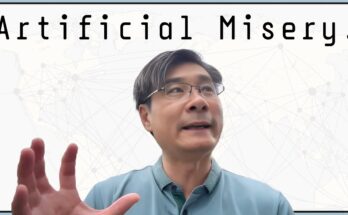The Bottomline: Carlo Cipolla’s “5 Laws of Human Stupidity” outline why stupidity is one of the most underestimated and dangerous forces in society. His framework shows that stupidity exists across all groups, is independent of education or status, and causes harm without gain—especially destructive when tied to power.
Follow and subscribe to Sprouts for more insightful educational content.
Cipolla’s 5 Laws of Human Stupidity Explained
In 1976, Italian economic historian Carlo Cipolla wrote an essay that categorized human behavior and introduced his famous 5 Laws of Human Stupidity. Originally intended as a private satire, the essay became widely shared and later recognized as a sharp commentary on society.
Cipolla divided people into four groups:
- The Helpless – Those who harm themselves while helping others.
- The Intelligent – Those whose actions benefit both themselves and others.
- The Bandits – Those who gain at others’ expense.
- The Stupid – Those who cause harm to others while gaining nothing themselves.
He then laid out his 5 Laws of Stupidity:
- We consistently underestimate how many stupid people exist.
- Anyone can be stupid, regardless of education, wealth, or social background.
- A stupid person causes harm to others without benefiting themselves.
- Non-stupid people underestimate the danger of stupid people—and dealing with them is always costly.
- Stupid people are more dangerous than bandits, because their harm is irrational and unpredictable.
How Stupidity Impacts Society
Cipolla illustrated human behavior as a grid of benefits and losses. Intelligent people create a net gain for society. Helpless people contribute but are often exploited. Bandits enrich themselves while harming society. Stupid people, however, generate net losses for everyone—including themselves—and disrupt social order.
While Cipolla noted that stupidity occurs across all demographics, he emphasized that its impact grows when stupid individuals occupy positions of power. Bureaucrats, politicians, or generals who act stupidly can inflict disproportionate damage on society.
In his essay, Cipolla quipped that “one is stupid in the same way one is red-haired,” suggesting stupidity is a fundamental trait—not determined by education or circumstance. He meant this metaphorically, not scientifically, as a way to stress that stupidity is natural, widespread, and enduring.
Why His Work Still Resonates
Cipolla’s analysis was satirical, but it remains relevant today. His framework explains why some individuals or institutions act against collective interest and why society underestimates their destructive potential. Ultimately, his “laws” remind us that stupidity is not only common but also a structural risk—especially when paired with authority.



